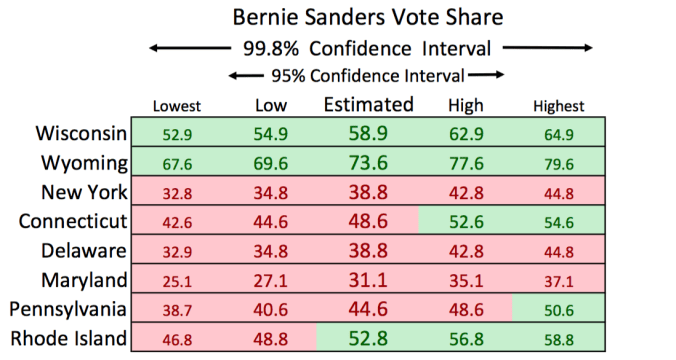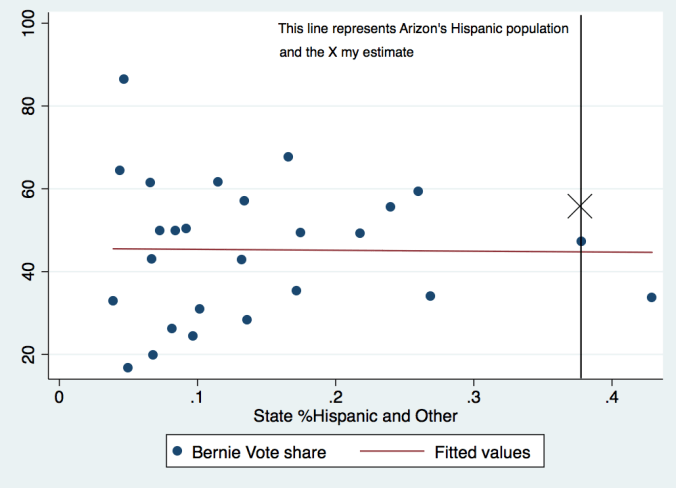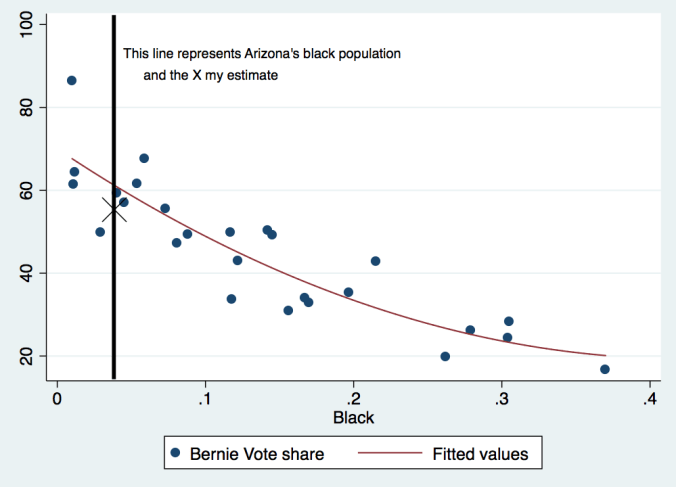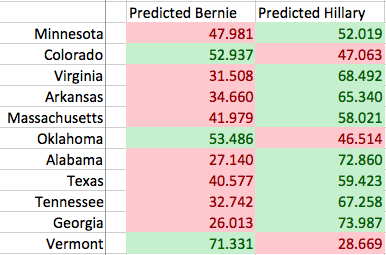Obama nominated Merrick Garland to fill the vacant seat on the Supreme Court nearly five months ago. Garland is well liked by both conservatives and liberals, and could reasonably be considered the embodiment of non-partisanship and legal expertise. Garland was chosen for precisely this reason. Obama knew that any left-winger would never get a hearing by the Republican-led Senate, and that a moderate was the only chance he had to fill the seat before his second term expired. However, the Republicans have, nonetheless, continued to refuse to hold a hearing on the matter, and this is actually their best play at this point.
Merrick Garland is well-credentialed, and there is no objectively good reason for denying him an appointment to the court. To hold a hearing puts Garland in front of a microphone and exposes to the American people why he is such a good choice. To do that and then vote to reject him would unveil blatantly extreme partisanship. However, to hold a hearing and then vote to appoint him to the Court would show that Republicans had “caved to Obama,” and I think we all know that they don’t want that kind of press only a few months before the election. Thus, in the end, this is the reason I believe that not holding a vote is theoretically the Senate Republicans’ best possible play.
This strategy made more sense during the Republican primaries, while it was still unknown who the eventual nominee would be – i.e., would it be someone who has a chance to win the general election? But, now that Donald Trump has been crowned the nominee, it is highly likely that Hillary Clinton will win the presidency. So how will the Garland nomination unfold given this assumption?
- Hillary Clinton would have every incentive to nominate a highly liberal judge for the empty seat on the SCOTUS. If the Democrats take back the Senate, and I believe that they will, this becomes entirely feasible and will represent quite a large ideological shift within America’s highest court.
- If Hillary wins the general election, or if it begins to even appear as though she will win in the weeks leading up to November, current Senate Republicans have every incentive to hold a hearing and vote to put Garland on the Court so that Hillary is unable to nominate a more liberal candidate.
- If Hillary wins, or if it begins to even appear as though she will, Obama then has every incentive to rescind his nomination of Merrick Garland (before the Senate Republicans frantically try to vote him in) so that Hillary can shift the Court even further left.
- Rescinding Garland’s nomination is quite a cruel thing to do, and on its surface it feels like something that would adversely impact Obama; i.e. it’s “playing politics with the Court,” right? No, and Republicans will be unable to use this as an argument. This is because Obama can simply state that Senate Republicans were obviously uninterested in Garland’s candidacy, as they have had months to vote on him and never did, so in return, he withdrew the nomination. He would be “giving them what they wanted.”
This whole story is a perfect representation of the inability for Republicans to work with the Obama administration, the paralysis in Congress, and to be frank, it is quite disheartening to me personally. If Trump wins, who knows what will happen or who he will nominate. Regardless, I strongly believe that Garland will never make it on the Court no matter who wins in November.
-Tyler







 Hillary’s greatest advantage at this time is likely all of the early ballots that have been cast in Arizona. Other states have shown us that residents who are proactive enough to cast early ballots seem to vote disproportionately for Hillary Clinton (older people, of course). Who knows if this trend will hold true in Arizona, though I imagine it will.
Hillary’s greatest advantage at this time is likely all of the early ballots that have been cast in Arizona. Other states have shown us that residents who are proactive enough to cast early ballots seem to vote disproportionately for Hillary Clinton (older people, of course). Who knows if this trend will hold true in Arizona, though I imagine it will.





